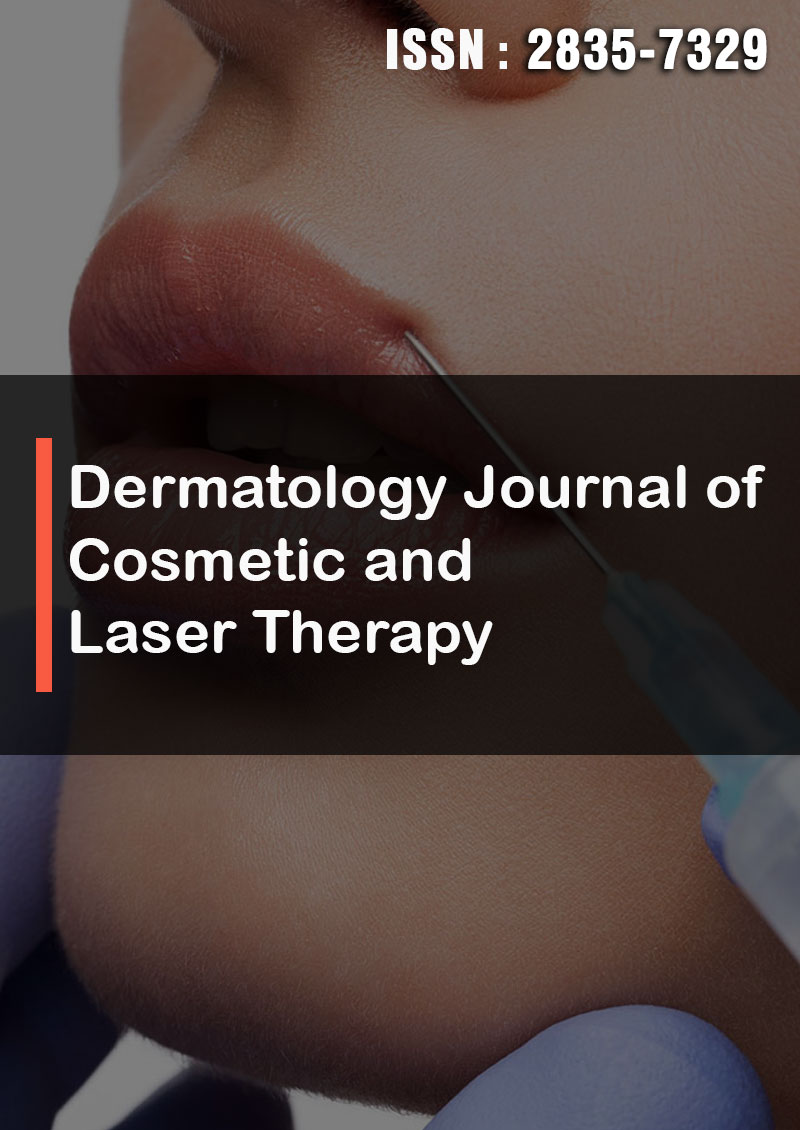Predictive and Preventive Factors Related to of Head Lice Infestations among Teenage Girls Student: Application of Health Belief Model
Abstract
Hadi Alizadeh Siuki, Mohammad Saeed Jadgal and Fahimeh, Attarian
Background: Despite of improving public health, head lice infestations has remained as an important health issue among all society in worldwide. Head lice infestations are common in areas with high population density and associated with low socioeconomic status and health literacy. This study aimed to evaluate the preventive behaviors related to pediculosis based on the Health Belief Model (HBM) in teenage girl students.
Methods & Material: This cross-sectional survey was performed on 200 teenage girl students that randomly selected from 4 schools in different geographical areas in Torbat Heydaryeh city-Iran. A structured questionnaire was designed to collect the data on socio-demographic characteristics, health belief model constructs and pediculosis-related behaviors. This data was descripted and analyzed by two-sample t-test, Pearson's correlation coefficient and regression analysis using SPSS 22.
Result: The overall percentage of head lice infestations was 4.1% and 9.5% of participations had experience of head lice infestations in the 3 past months. Itching reported in 30% of infected students (p<0.001). Head lice infestations strongly predicted with itching on a scalp (OR = 73.2, 95% CI 8.23, 652.2), and the main protective factor for Head lice infestations was adopt of preventive behavior (OR=0.68, 95% CI 0.47, 0.97), also the preventive behavior (according to HBM model) were explained by Perceived barriers, self-efficiency and predisposing factors (5.7%, 5.6% and 7.8%) respectively.
Conclusion: It seems that should provide necessary trainings with an emphasis on recognizing symptoms of disease and promoting preventive behavior by reinforcing predisposing factors, perceived barriers and self-efficacy in students.




